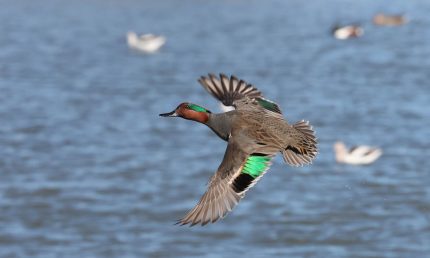Field Guide
Explore the Field Guide to learn about more than 350 species of birds, fish, insects, algae, invertebrates, mammals, plants, reptiles and amphibians that live in the Chesapeake Bay region.
Search Results
Showing: 10 of 24American Black Duck
Anas rubripesThe American black duck is a dusky brown dabbling duck that appears black from a distance. It lives year-round along the quiet, isolated tidal wetlands of the Chesapeake Bay and its rivers.
View critter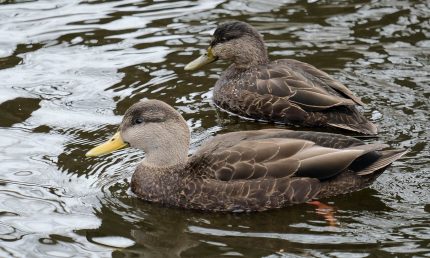
American Wigeon
Mareca americanaWintering in the Bay, American wigeons are known for the green stripe and white spot on the heads of males.
View critter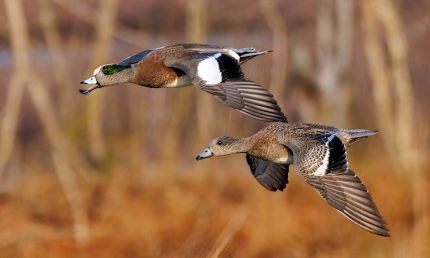
Blue-Winged Teal
Anas discorsThis small dabbling duck is named for the powder-blue patches on its forewings. It can be found in the marshes and wetlands of the Chesapeake region in spring and fall.
View critter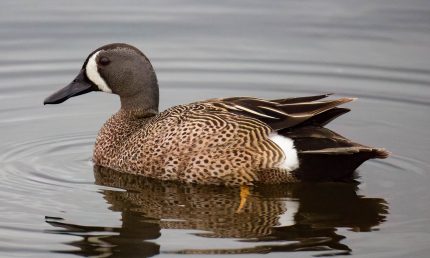
Brant
Branta berniclaBrants are winter-loving waterfowl that breed in the high Arctic and migrate to the Chesapeake region during winter
View critter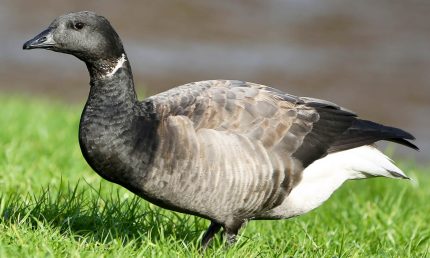
Bufflehead
Bucephala albeolaThe bufflehead is a small, chunky, energetic diving duck that visits the open waters of the Chesapeake Bay and its rivers from autumn through spring.
View critter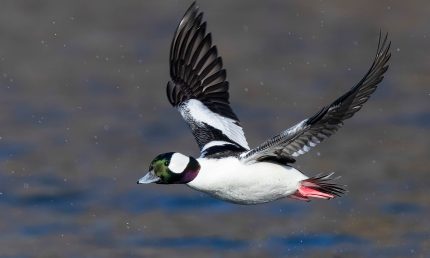
Canada Goose
Branta canadensisThe Canada goose is a large, plump bird with a brownish back and a long, black neck. It is a common visitor to the Chesapeake Bay region from autumn through spring. Many Canada geese also live in the Bay watershed year-round.
View critter
Canvasback
Aythya valisineriaThe canvasback is a large diving duck with a distinctive long, sloping facial profile. It visits the Chesapeake Bay and its tidal rivers from autumn through spring.
View critter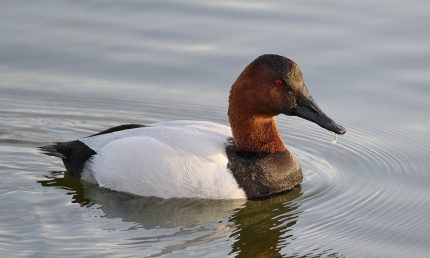
Common Goldeneye
Bucephala clangulaThe common goldeneye is an active diving duck that can be identified by its golden yellow eyes and white, rounded face patches. It visits the open waters of the Chesapeake Bay and its rivers from late autumn through spring.
View critter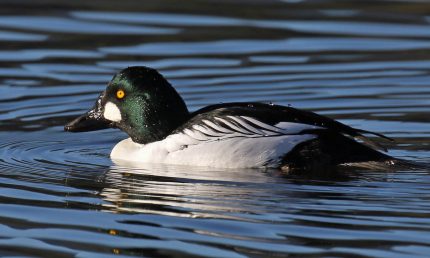
Greater Scaup
Aythya marilaThe greater scaup visits the east coast of the Chesapeake region during the winter. Females are brown with a white patch on their face, and males are white with a dark rump and head.
View critter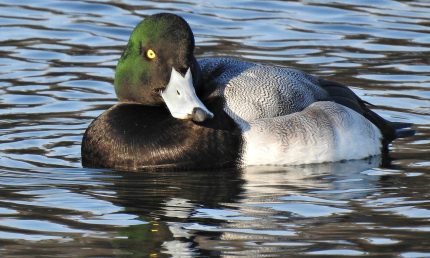
Green-Winged Teal
Anas creccaThe green-winged teal is a small dabbling duck with iridescent green patches on its head and wings. It lives in tidal marshes and wetlands throughout the Chesapeake Bay and its rivers from autumn through spring.
View critter